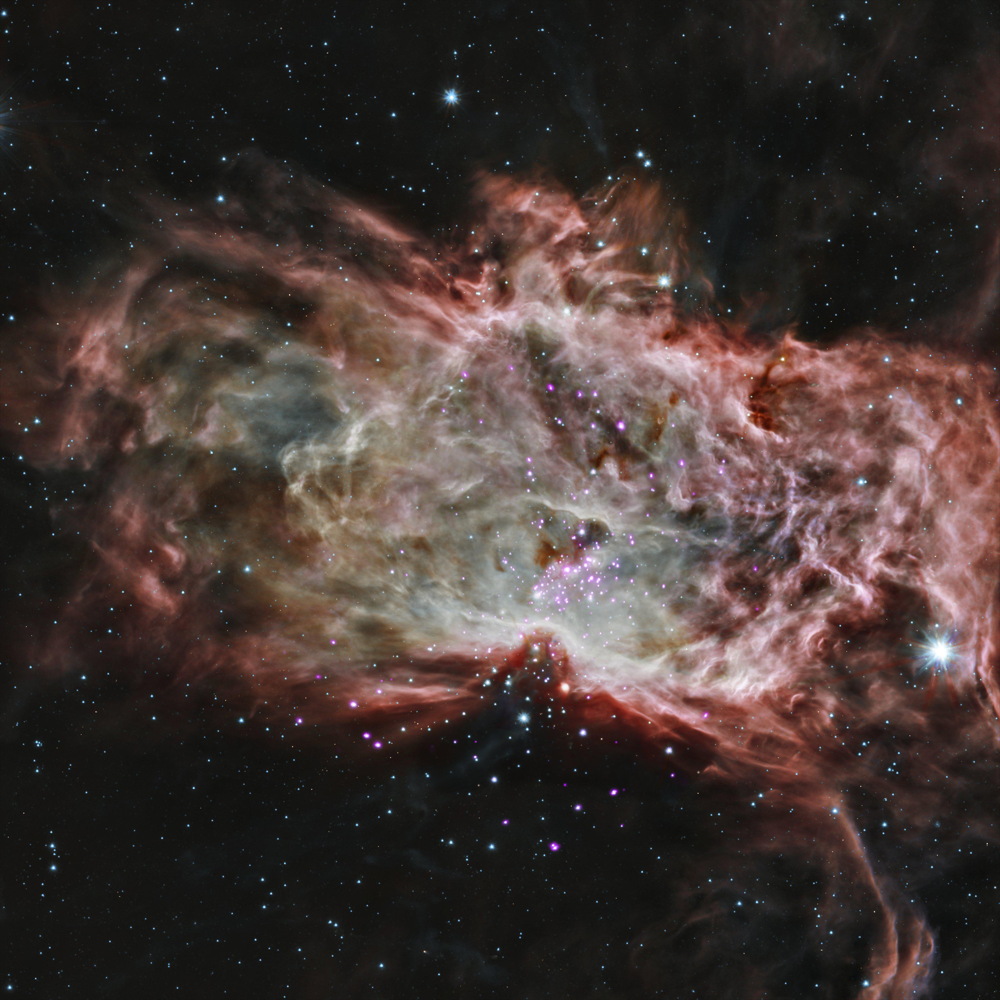Best Space Photos of the Week - May 10, 2014
Youth Center

Astronomers who studied two star clusters using NASA's Chandra X-ray Observatory and infrared telescopes discovered that the simplest ideas for the birth of star clusters cannot work. This composite image shows one of the clusters, NGC 2024, which lies in the center of the “Flame Nebula,” about 1,400 light years from Earth. In this image, X-rays from Chandra appear purple, while infrared data from NASA's Spitzer Space Telescope appear red, green and blue. A study of NGC 2024 and the Orion Nebula Cluster, another region where many stars currently form, suggest that the stars on the outskirts of these clusters have an older age than those in the central regions. This finding differs from what the simplest idea of star formation predicts, where stars manifest first in the center of a collapsing cloud of gas and dust when the density grows large enough. [See more photos here.]
Get the Space.com Newsletter
Breaking space news, the latest updates on rocket launches, skywatching events and more!
Join our Space Forums to keep talking space on the latest missions, night sky and more! And if you have a news tip, correction or comment, let us know at: community@space.com.

Space.com is the premier source of space exploration, innovation and astronomy news, chronicling (and celebrating) humanity's ongoing expansion across the final frontier. Originally founded in 1999, Space.com is, and always has been, the passion of writers and editors who are space fans and also trained journalists. Our current news team consists of Editor-in-Chief Tariq Malik; Editor Hanneke Weitering, Senior Space Writer Mike Wall; Senior Writer Meghan Bartels; Senior Writer Chelsea Gohd, Senior Writer Tereza Pultarova and Staff Writer Alexander Cox, focusing on e-commerce. Senior Producer Steve Spaleta oversees our space videos, with Diana Whitcroft as our Social Media Editor.









